Fungi In the realm of Mycology the Woolhope Club has long been acknowledged as the pioneer of the special field meeting specifically devoted to the recording of fungi It began in 1868 when at the initiative of a former president, the illustrious Dr Henry Graves Bull, a meeting advertised as 'A Foray amongst the Funguses' was held which is now seen as the archetype of all subsequent fungus Basidiomycetes (Club fungi) These include mushrooms, puffballs, rusts, smuts, toadstools etc There are over 25,000 species of Basidiomycetes (Club fungi) They reproduced by sexual reproduction Where they produce sexual spores known as basidiospores within the cells called basidia The basidia is clubshaped, and basidiomycetes are also called club fungiI Club Fungi A Higher Club Fungi 1 Mycelium 2 Fruiting Body (Basidiocarp) 3 Types of Basidiocarps a Amanita b Agaricus c Inky Caps and Shaggy Manes (Coprinus) d Fairy Ring Mushrooms (Marasmius oreades) e Boletes f Bracket Fungi g Puffballs and Earthstars h Stinkhorns i Bird's Nest j Coral Fungi k Jelly Fungi back to menu or
Http Www Hamilton Local K12 Oh Us Downloads 2 21 Fungi Kingdom Pdf
Club fungi
Club fungi-The division of fungi known as the club fungi, Basidiomycota, includes some of the most familiar fungi Mushrooms, puffballs, and shelf fungi are all members of this group, as are the plant rusts and smuts This group, which contains approximately 15,000 known species, is distinguished by the presence of a club shaped reproductive organ called the basidium This organ is most likelyThis group of fungi includes singlecelled bread yeast and multicelled truffles club fungi—Fungi that produce spores on little structures that look like clubs These are housed in the fruiting body of the fungus, commonly known as a mushroom Some



Fungi Basidiomycota The Club Fungi Sparknotes
Typhula (Pers) Fr (a genus of minute club fungi) This website is licensed under a Creative Commons AttributionNonCommercialShareAlike 40 International Licence Unless otherwise expressly stated, all original material on the BioInfo website by Malcolm Storey is licensed under the above Creative Commons LicenceClub fungi Basidiomycota R T Moore kingdom Fungi fungi Scientific synonyms Basidiomycotina More >> Images Pseudohydnum Hibbett, D S et al (07) A Higherlevel Phylogenetic Classification of the Fungi, Mycological Research 111 Data retrieved on 13 April 09 More >> Contributions to BioLib Help us to expand this encyclopedia!Why Pure Fungi Feel Better The active compounds within our extracts can help you feel more energised, ease tensions, and improve focus Stay Pure We only use the highest quality fungi and the latest extraction methods to maximise the medicinal compounds in our products Every active compound in our products comes from fungi only
They include the typical mushroom shaped fungi such as Fly Agaric and the Boletes but also some of the other types such as puffballs and coral fungi In contrast the other main group the Ascomycetes shoot out their spores from special tiny sacks embedded in the surface of the fungus The Ascomycetes take on a wide range of shapes usually relating to some form of club or cup,See what Club Fungus (clubfungus) has discovered on , the world's biggest collection of ideas Today Explore Log in Sign up Club Fungus Follow Club Fungus 13 Followers • 25 Following Club Fungus 's best boards Music Club Fungus • 971 Pins Musicoin & Steemit Tutorial Cryptocurrency Club Fungus • 0 Pins Kewl Pics Club Fungus • 13 Pins PodcastRadioThe club fungi can follow both modes of reproduction, with one involving two parents called sexual reproduction and the other involving a single parent called asexual reproduction These fungi show a complex haplontic lifecycle, which means that they can exist as both haploids and diploids at different stages of their life by the help of two processes meiosis and fertilization Sexual
Club Foot Fungus Ampulloclitocybe clavipes Click here to support NatureSpot by making a donation small or large your gift is very much appreciated Thank you Distinguished by its brownish cap, its white spore print, but particularly by its frequently bulbous stem Under trees, often under conifers Late summer and autumn The yellow club fungi can be hard to distinguish C fusiformis is the largest and quite striking, with smooth spores, but not all that common in VC55;Ba·sid·i·o·my·ce·tes (basid'ēōmīsēt'ez), One of the four major classes of fungi, characterized by a sporebearing organ (basidium), usually a single clavate cell, which bears basidiospores after karyogamy and meiosis The class comprises the smuts, rusts, mushrooms, and puffballs Excluding mycotoxins, there is only one human pathogen, the
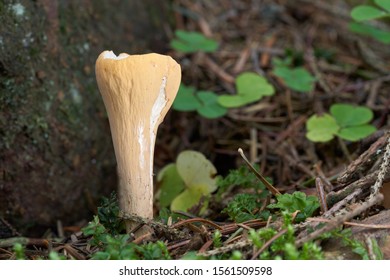



Club Fungi Images Stock Photos Vectors Shutterstock



Spindle And Club Fungi
Basidiomycota are filamentous fungi composed of hyphae (except for basidiomycotayeast) and reproduce sexually via the formation of specialized clubshaped end cells called basidia that normally bear external meiospores (usually four) These specialized spores are called basidiospores However, some Basidiomycota are obligate asexualFind the perfect club fungi stock photo Huge collection, amazing choice, 100 million high quality, affordable RF and RM images No need to register, buy now!Club fungus ( plural club fungi ) ( mycology) The common name of any species of Basidiomycota characterized by branched, clubshaped sporophores ( basidia )




Kingdom Fungi Cont Flashcards Quizlet
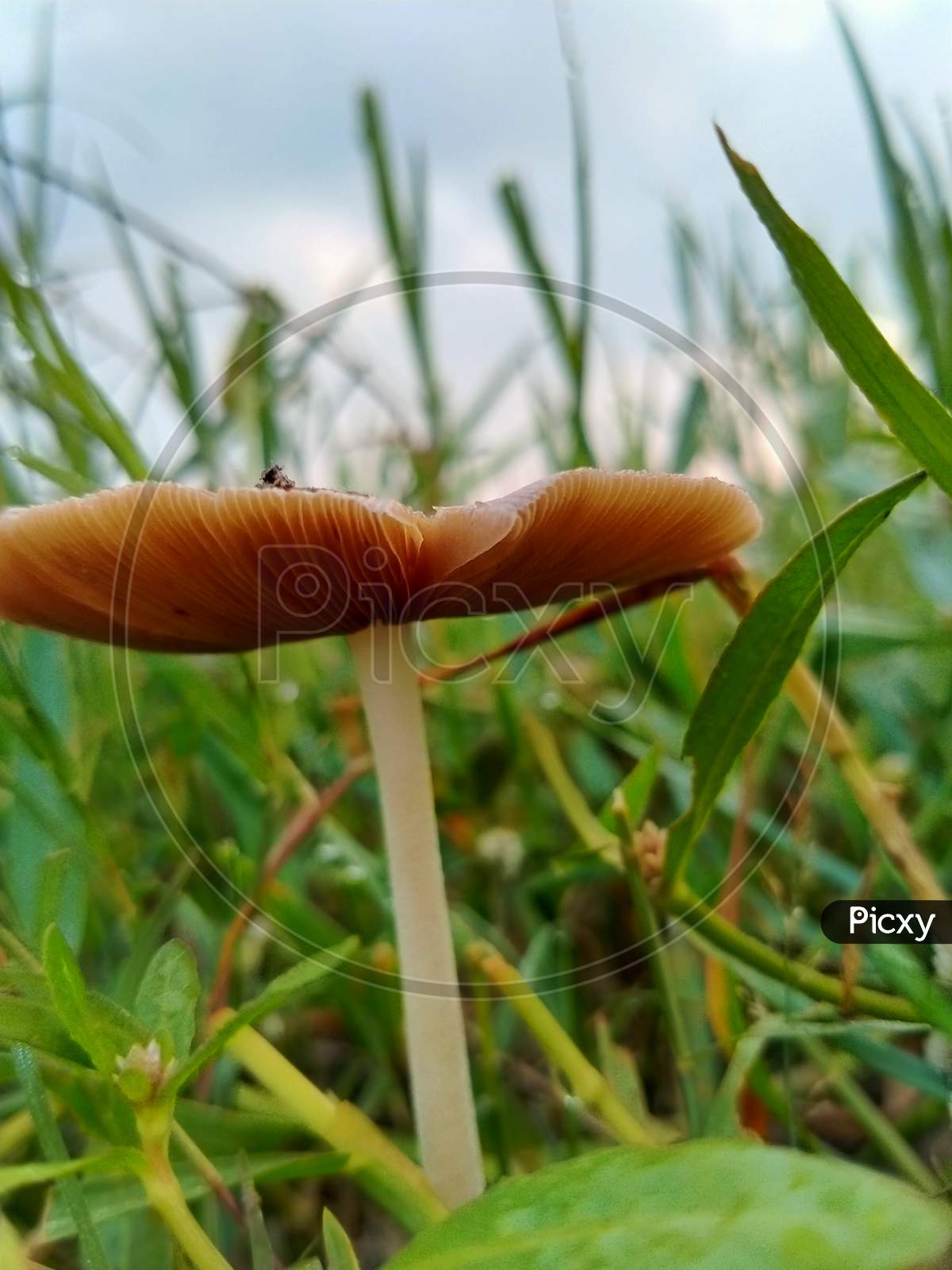



Image Of A Club Fungi Mg Picxy
The five true phyla of fungi are the Chytridiomycota (Chytrids), the Zygomycota (conjugated fungi), the Ascomycota (sac fungi), the Basidiomycota (club fungi) and the recently described Phylum Glomeromycota The Deuteromycota is an informal group of unrelated fungi that all share a common character – they use strictly asexual reproduction Note "mycota" is used to designateClub Fungi Other Funguslike Organisms Club Fungi Club fungi are considered the most highly evolved fungi They are an important group with about 16,000 known species The phylum Basidiomycota contains several subgroups whose relationships are not entirely clear One subgroup, the "higher" club fungi, include those that produce large fruiting bodies such asWelcome to The Funghi Club We offer a range of (mostly) French inspired dishes made with top quality, premium ingredients Our food is lovingly prepared by Laurent and chilled, ready for you to 'Heat & Eat' when you're ready We also cater for parties, get togethers, events and more, so get in touch now and see how we can help create your




Coral And Club Fungi Central Oregon Mushroom Club



1
Basidiomycota, Club Fungi Species in this phylum reproduce sexually by forming spores on top of clubshaped structures called basidia In the primary stage, a haploid spore germinates and grows a germ tube, which develops into mycelium The mycelium initially contains a single haploid nucleus What is fungi in biology?A soft brioche bun, filled with fresh wild mushrooms gently cooked in garlic butter, choose to add grated Gruyere and you're in mushroom heaven Great for parties, weddings, corporate events and festivals Vegetarian and vegan options catered for Call us now on or e mail us at thefunghiclub@gmailcom for more informationBYD NATUR Known locally as Brewery Fields, the site is protected for its range of rare, multicoloured fungi it is the only place in Wales where the fairy club
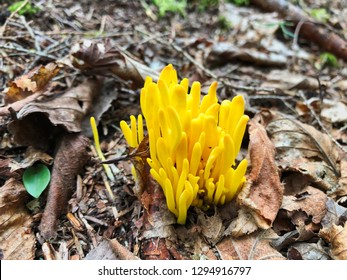



Club Fungi Images Stock Photos Vectors Shutterstock




Coral Or Club Fungi I Was Excited To Find This Fallen Log Flickr
Fungi are a group of sporeproducing organisms feeding on organic matter, including moulds, yeasts, mushrooms, and toadstools The Kingdom Fungi (or Mycota) is a group of living organisms that are multicellular, eukaryotic, and heterotrophic in nutrition Fungi live mostly as saprobiotic or often parasitesThe club fungi is known to contain fifteen thousand species under it It has a reproductive organ names as basidium which allows sexual reproduction as well as asexual reproduction for these kind of fungi Hence, the correct option is D) club fungi Zygote Fungus just took thw quiz 🙂 According to sources, the most probable answer to this query is that the fungal type that is illustratedMarsh Clubmoss Lycopodiella inundata Marsh Clubmoss A simple plant related to both ferns and mosses, but looking more like a moss It forms long leafy prostrate strands that meander along the soil surface, but in the autumn develops vertical 'spikes'



Fungi
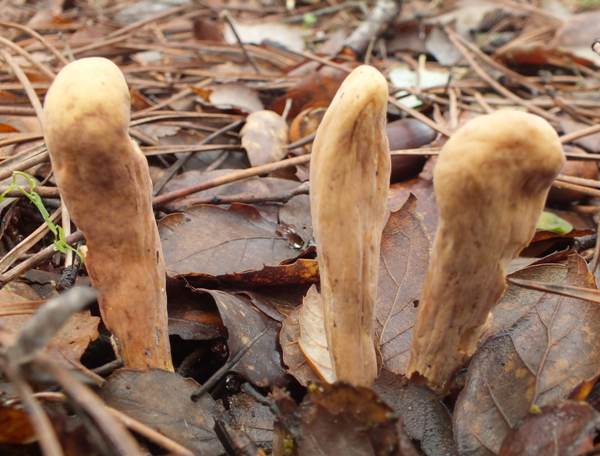



Clavariadelphus Pistillaris Giant Club Fungus Identification
Fungi and plants have been allies for millions of years!In the Basidiomycota (club fungi), the sexual phase predominates, producing showy fruiting bodies that contain clubshaped basidia, within which spores form Most familiar mushrooms belong to this division Fungi that have no known sexual cycle were originally classified in the "form phylum" Deuteromycota, but many have been classified by comparative molecular analysis with theSome of the higher Basidiomycetes such as the pore fungi are the common wood rotters They destroy lumbar and timber Mushrooms which also belong to this group are of great economic value as food They are regularly cultivated for being delicious The young fleshy sporophores of many species of puff balls (Lycoperdon and Clavatia) are also edible Clavatia contains an anticancer
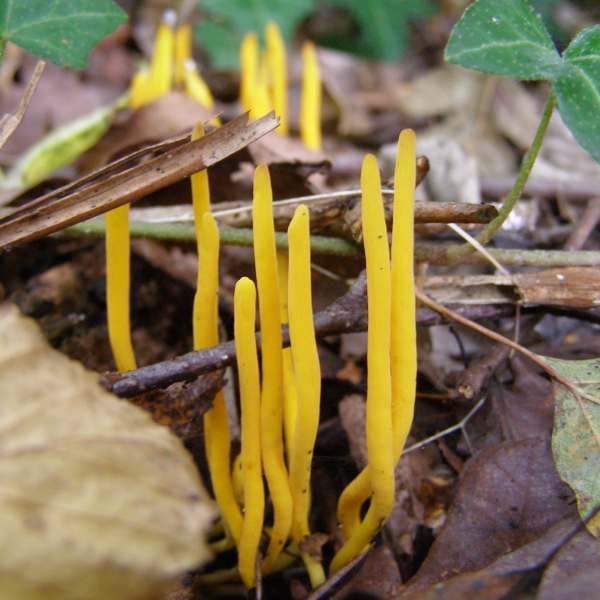



Clavulinopsis Laeticolor Handsome Clubfungus




Club Fungi Reproductive Structures Are Shown In The Image Below What Benefits Are There In Having Brainly Com
The club fungi are believed to be closely related to the sac fungi Both groups have cells which are separated by septa (walls), and both have a dikaryotic phase in their life cycle;A phase with two haploid nuclei per cell The septum of the club fungi is somewhat different from those of sac fungi and is referred to as a dolipore septum The dolipore septum has a bagelshaped pore in itsThe simple, clubshaped or more or less cylindrical holo or homobasidium lacks septa, and has a rounded apex It originates as a terminal cell of a binucleate hypha of the secondary or tertiary mycelium in the basidiocarp (Fig 138) The narrow elongated, binucleate young basidium is separated from the supporting hypha by a septum (a) A clamp
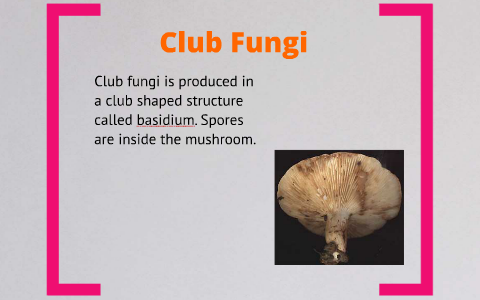



Fungi Protist Prezi By Nini Ho



Club Fungi
Define club fungi club fungi synonyms, club fungi pronunciation, club fungi translation, English dictionary definition of club fungi Noun 1 Basidiomycetes large class of higher fungi coextensive with subdivision Basidiomycota class Basidiomycetes class a taxonomic group containingSynonyms for club fungi in Free Thesaurus Antonyms for club fungi 1 synonym for Basidiomycetes class Basidiomycetes What are synonyms for club fungi?Ffwng arall a ganfuwyd yma oedd y ffwng pastwn, Ramariopsis crocea (fairy club fungus) Gwarchodfa yn Eithinog;




The Many Kinds Of Fungi
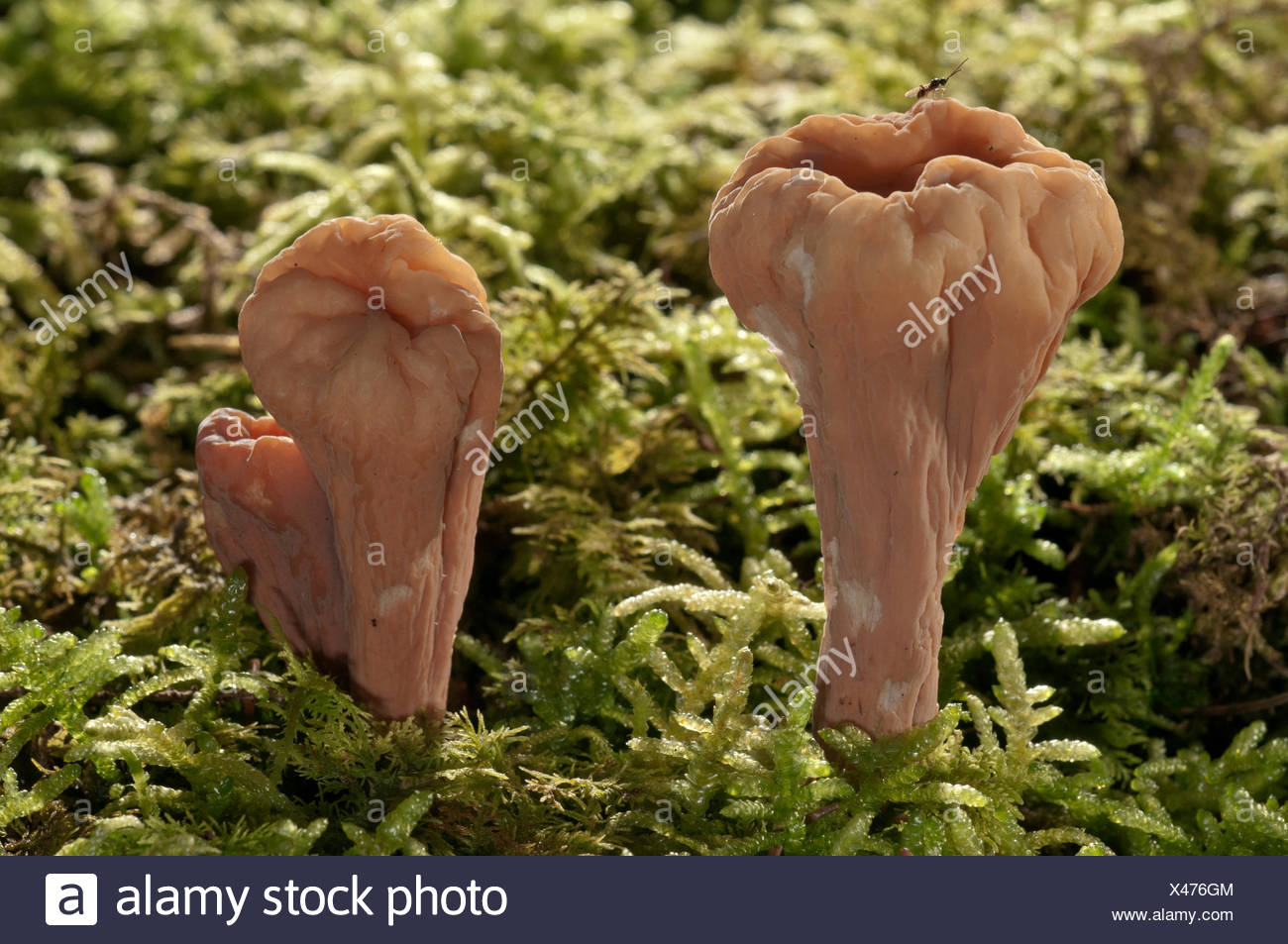



Giant Club Fungus Clavariadelphus Pistillaris Baden Wurttemberg Germany Stock Photo Alamy
Basidiomycota (club fungi) produce showy fruiting bodies that contain basidia in the form of clubs Spores are stored in the basidia Most familiar mushrooms belong to this division Fungi that have no known sexual cycle were classified in the form phylum Deuteromycota, which the present classification puts in the phyla Ascomycota andClub fungi (fairy clubs) Those fungi of the families Clavariaceae and Clavulinaceae that form clubshaped fruit bodies Source for information on club fungi A Dictionary of Plant Sciences dictionaryBasidiomycetes are called "club fungi" because their spores are attached to a clubshaped structure named basidium (pl basidia) Basidiomycetous fungi include edible and medicinal mushrooms, pathogens for plants and animals, symbionts and endophytes in lichens, plant root mycorrhizas, leaves and needles, and saprotrophytes



Club Fungi Project Noah




Fungus Chapter Ppt Video Online Download
The Club Fungi Eric Swann and David S Hibbett Click on an image to view larger version & data in a new window This tree diagram shows the relationships between several groups of organisms The root of the current tree connects the organisms featured in this tree to their containing group and the rest of the Tree of Life The basal branching point in the tree represents the ancestor ofExplore Richard Hanlin's board "Club fungi" on See more ideas about fungi, stuffed mushrooms, magical mushroomsClub Fungi The familiar mushrooms found on pizzas and in the lawn are part of a group of fungi called club fungi, or basidiomycetes The phylum Basidiomycota consists of 16,000 different species of fungi, including the shelf or bracket fungi found on dead trees and the less well known puffballs, bird's nest fungi, and stinkhorns



Club Fungi Club Fungi




Nature Picture Library Apricot Club Fungus Clavulinopsis Luteoalba Hertfordshire England Uk November Focus Stacked Image Andy Sands
Learn about the fascinating relationship between these organisms, and how to harness this ancient symbiosis to enrich green landscapes at any scale We will explore the use of mycorrhizal fungi, gardening with edible mushrooms, and how fungal sugars may benefit beesFungi (singular fungus) are a kingdom ofClub Fungi (basidiomycota) mushroom producing fungi with developing club shaped fruiting bodies called basidia on the gills under its cap This group of fungi, which contains tens of thousands of known species, is distinguished by the club shaped reproductive organ called the basidium Both originate as a binucleate, dikaryotic structure
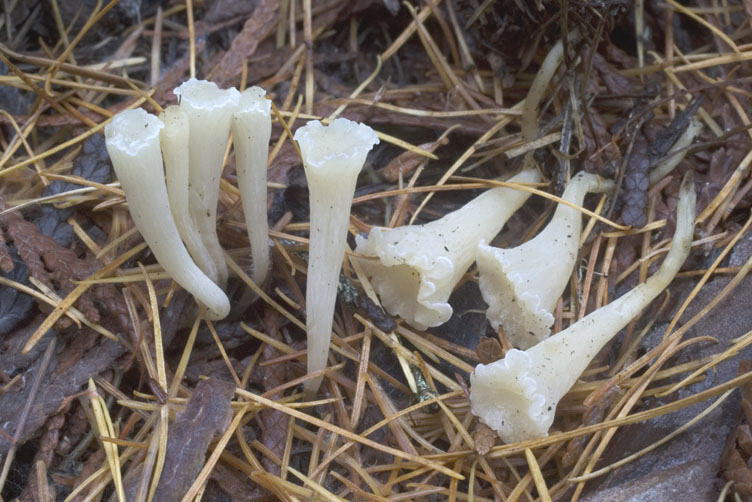



Clubs




White Club Fungi Stock Image B250 13 Science Photo Library
The Basidiomycetes are known as club fungi due to the presence of club shaped ascuslike structure called as basidiumBasidium is enlarged hyphae from which four haploid basidiospores are developed externallyThey are unicellular, uninucleate and haploid which germinate to form the new mycelium The life cycle of the club fungi consists of three phases, basidiospores, primary The fungi in the Phylum Basidiomycota are easily recognizable under a light microscope by their clubshaped fruiting bodies called basidia (singular, basidium), which are the swollen terminal cell of a hypha The basidia, which are the reproductive organs of these fungi, are often contained within the familiar mushroom, commonly seen in fields after rain, on theThe club fungi group includes mushrooms These can be edible or deadly poisonous so it is important not to eat mushrooms that are found growing in the wild The Destroying Angel mushroom is an example of a deadly poisonous mushroom Mold fungi are the types that usually grow on cheese, bread, and old fruit These fungi can look furry and release spores into the air




Fungi Fungi With Club Shaped Parts That Produce Spores Called Club Fungi Mushroom Fungi Stuffed Mushrooms
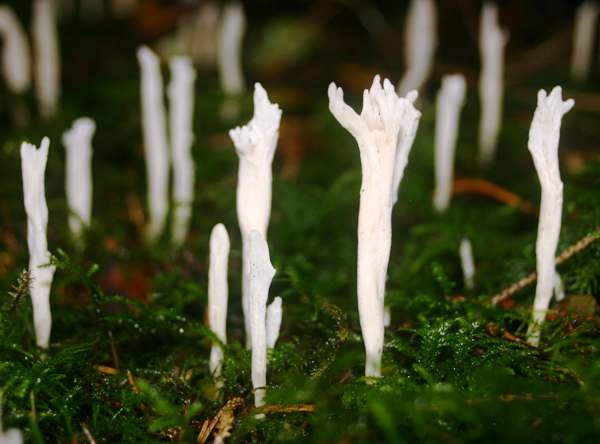



Clavulina Rugosa Wrinkled Club Fungus
By far the most common is C helvola which is a common grassland species and has warty spores C luteoalba has smooth spores and can be found regularly at certain sites like New Lount where maybe the grass has lower nutrientsThe fungi in the Phylum Basidiomycota are easily recognizable under a light microscope by their clubshaped fruiting bodies called basidia (singular, basidium), which are the swollen terminal cell of a hypha The basidia, which are the reproductive organs of these fungi, are often contained within the familiar mushroom, commonly seen in fields after rain, on the supermarket shelves,A clubshaped mushroom is named because its head is shaped like a club It can be hard to recognise as a mushroom, because its shape isn't as usual as the more familiar ball or capandstem mushrooms Some types of clubshaped mushrooms grow in clumps The bog beacon, shown in this image, is a clubshaped fungus that is found in unpolluted, slowflowing water
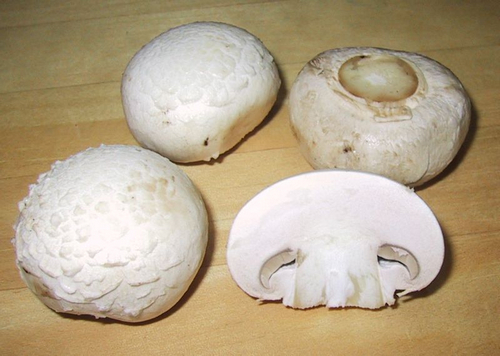



Club Fungi




Mushroom Forms First Step To Fungi Identification Image Wildlife




Club Fungi Diagram Quizlet




Hillis2e Ch22
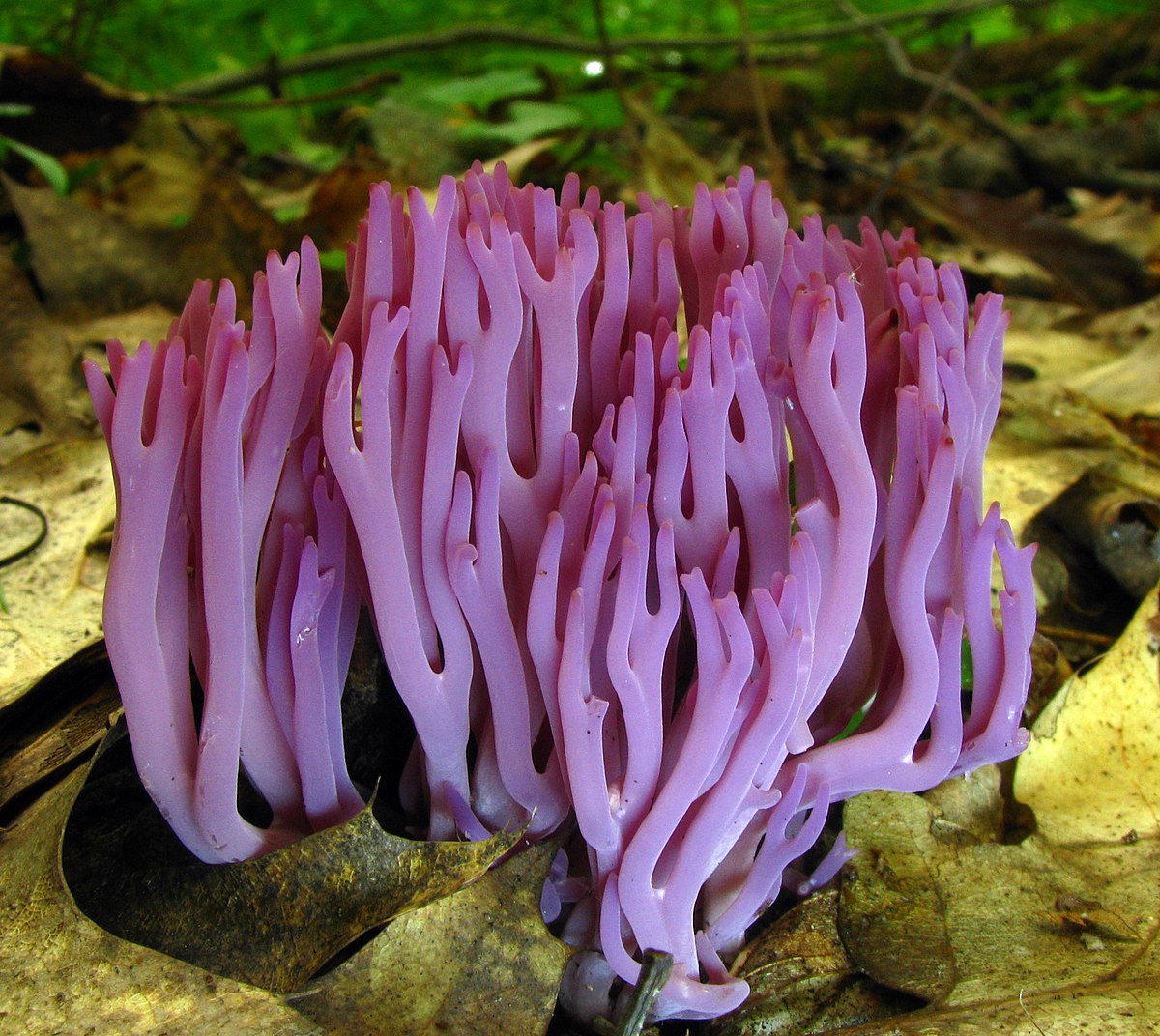



Clavarioid Fungi Wikipedia
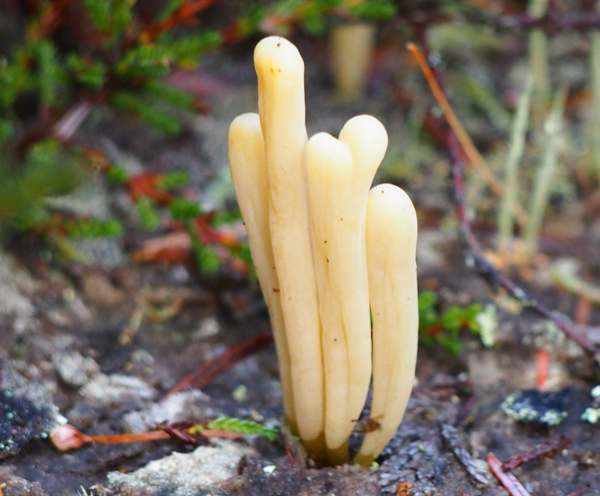



Clavaria Argillacea Moor Club Fungus




14 4 Phylum Basidiomycota Club Fungi 6 What Type Of Chegg Com




Classification Reproduction Svamp



Club And Coral Fungi




Coral Or Club Fungi I Was Excited To Find This Fallen Log Flickr




Pink Club Fungi By Songoftheblackwolf On Deviantart




Ascomycota Sac Fungi Basidiomycota Club Fungi Victoria Willis




Heterotrophs Fungi Basics No Photosynthesis Release Enzymes To
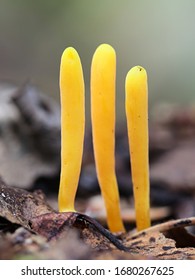



Club Fungi Images Stock Photos Vectors Shutterstock




Club Fungi Clavariadelphus Growing In Coniferous Environment Stock Image Image Of Gomphales Color




Club Fungi Mushrooms Of The Dordogne



Imperfect




013 Characteristics Of Division Basidiomycota Fungus Fact Friday
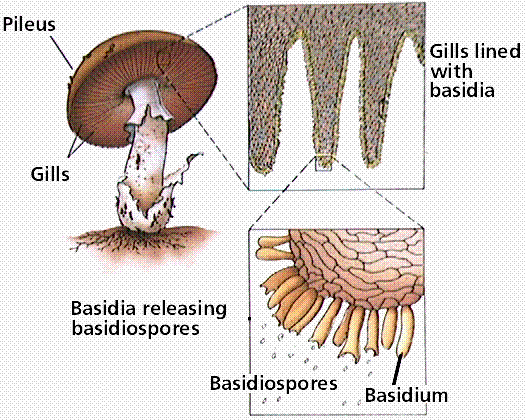



Phylum Basidiomycota The Basidiomycetes Club Fungi
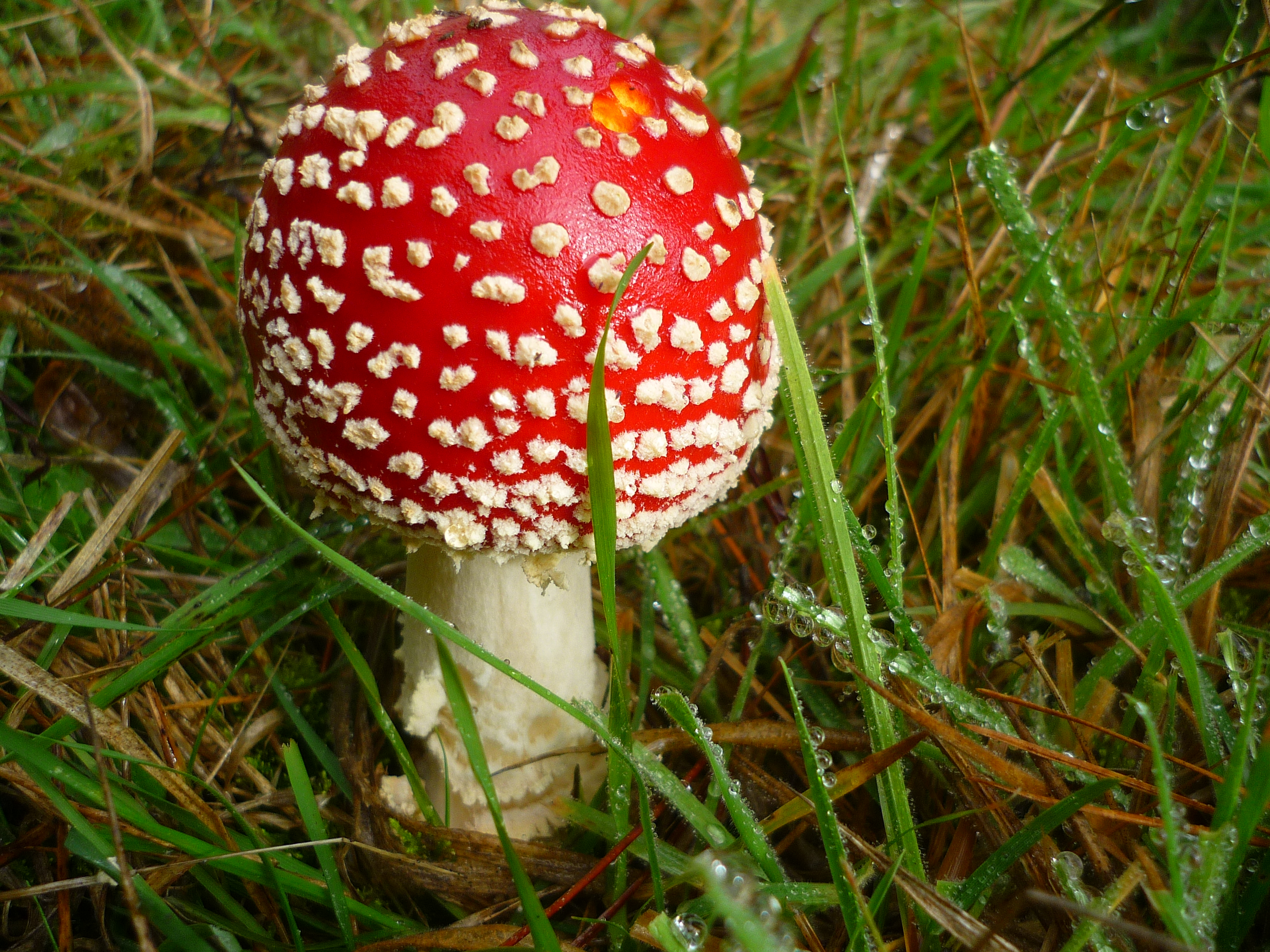



It S Fungus Time Freya S Research
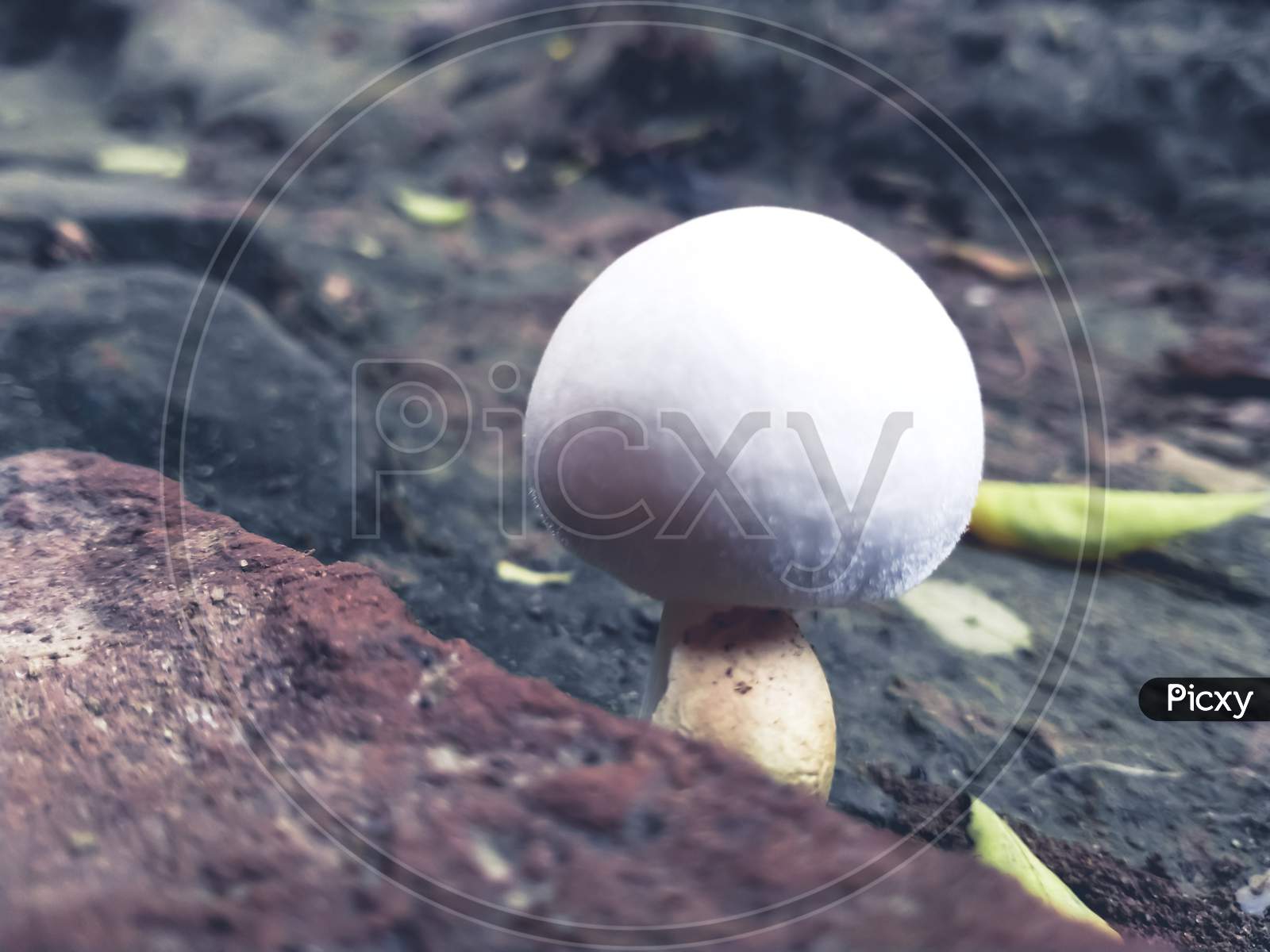



Image Of A Small Club Fungi Rt Picxy




Fungi Lichens I Characteristics Of Fungi A What




Clavariadelphus Truncatus Wikipedia




245 Club Fungi Photos Free Royalty Free Stock Photos From Dreamstime



Fungi




White Club Fungi Stock Image B250 1322 Science Photo Library
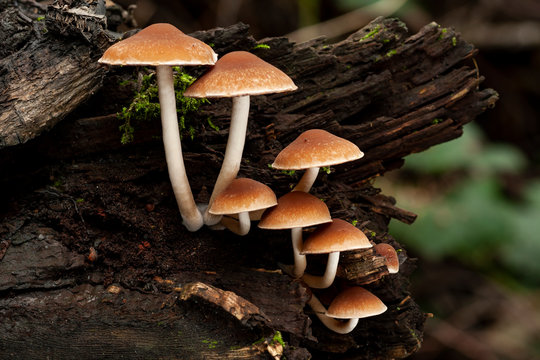



693 Best Club Fungi Images Stock Photos Vectors Adobe Stock



Yellow Club Naturespot




Burke Herbarium Image Collection
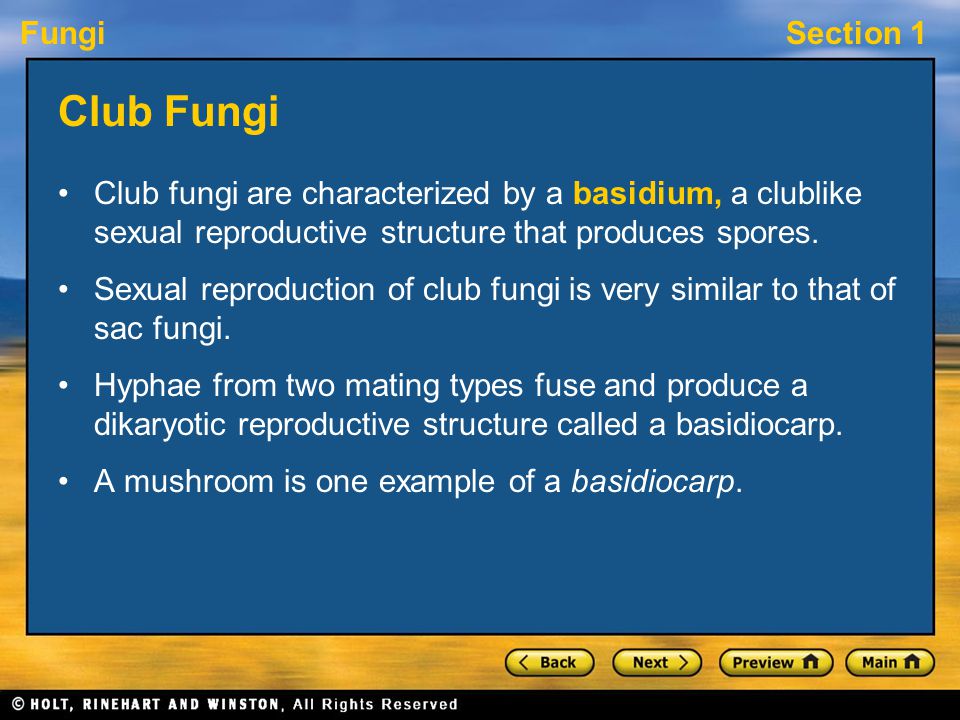



Ch 22 Fungi Ppt Video Online Download




Mushroom Observer Species List Club Fungi 587




Clubs




Club Fungi Canvas Prints Fine Art America
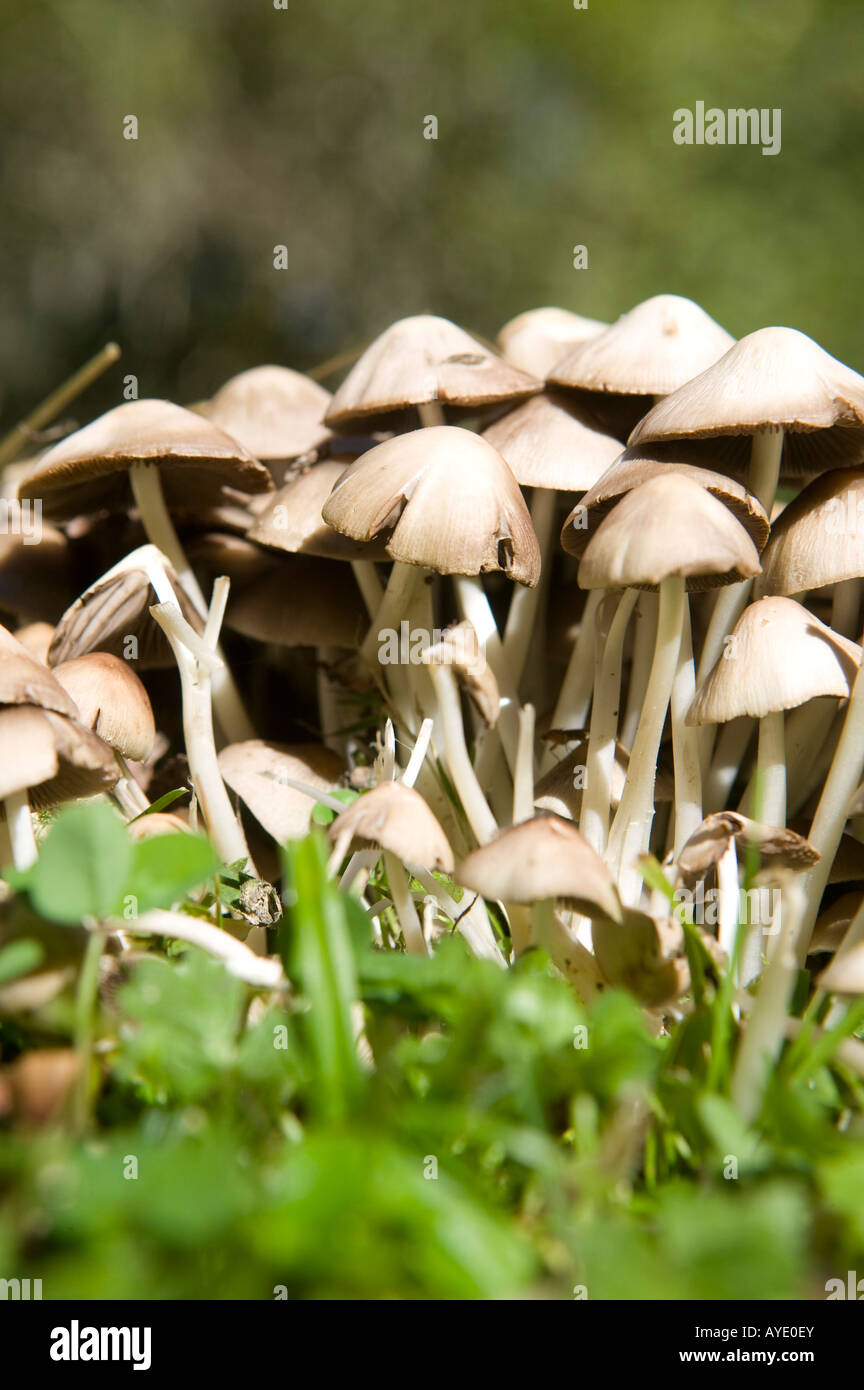



Plant Plants Fungus Fungi Basidiomycetes Club Fungus Club Fungi Gill Fungus Gill Fungi Mushrooms Mottlegill Mottl Stock Photo Alamy



Fungi




The Club Fungi Powerpoint



Club And Coral Fungi



Purple Club Fungi Fungi Bob Armstrong S Photos Naturebob Com
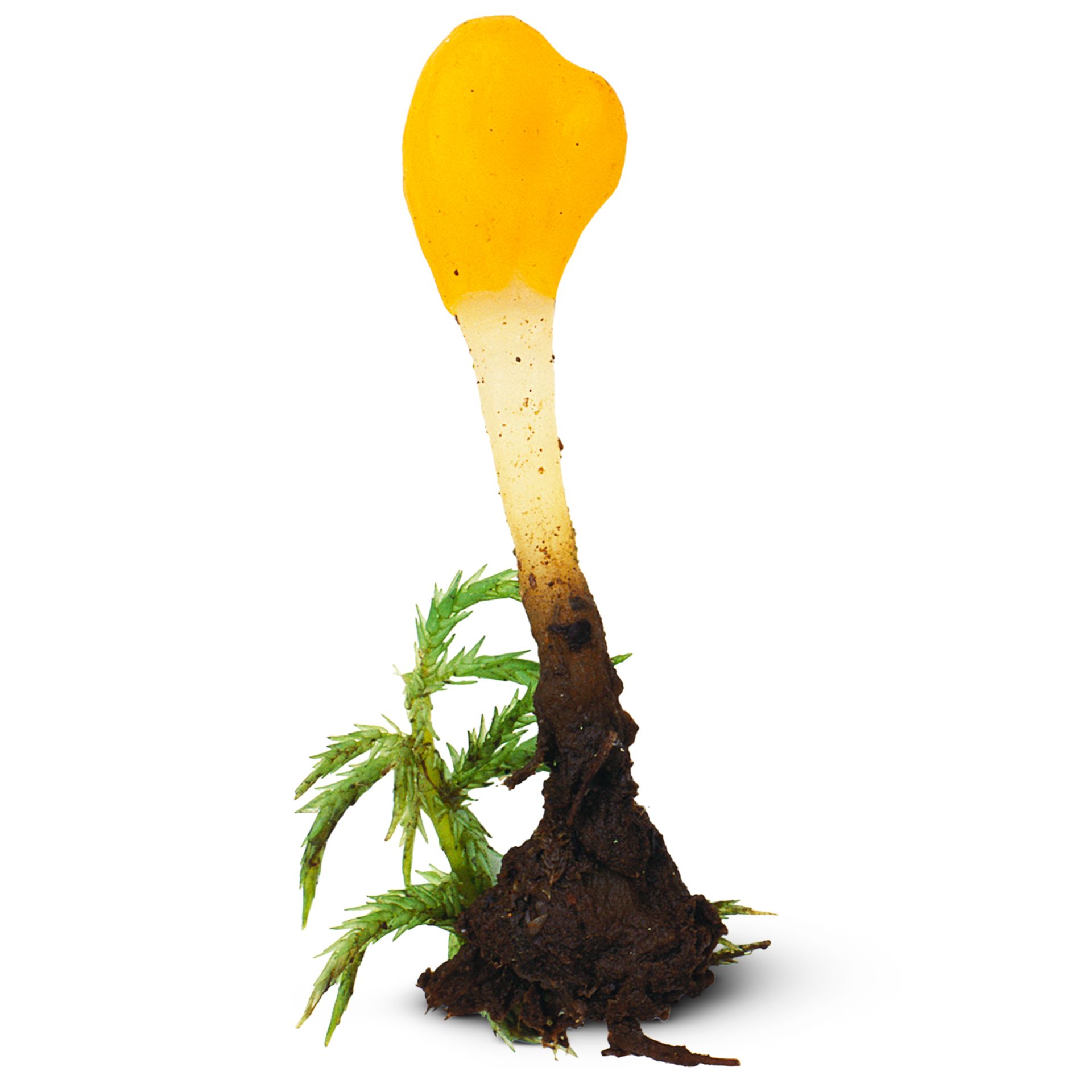



Club Fungi Facts Club Mushroom Dk Find Out




693 Best Club Fungi Images Stock Photos Vectors Adobe Stock
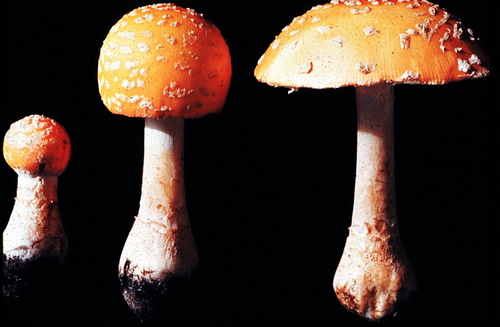



Club Fungi




Purple Club Fungi Fungi Bob Armstrong S Photos Naturebob Com
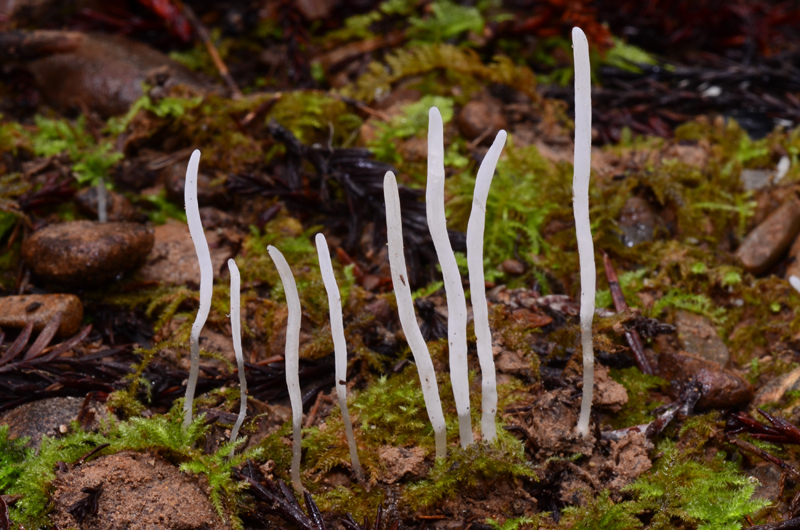



Clubs




Club Fungi Flashcards Quizlet



Http Www Hamilton Local K12 Oh Us Downloads 2 21 Fungi Kingdom Pdf




Club Fungi Iphone Cases Fine Art America



Basidiomycota




Fungi Kingdom Mycology The Study Of Fungi Fungi Plural Fungus Singular 1 Eukaryotic Cells Have A Nucleus 2 Heterotrophic They Do Not Make Their Ppt Download



Kingdom Fungi Yolo Biology Project Lego Dope
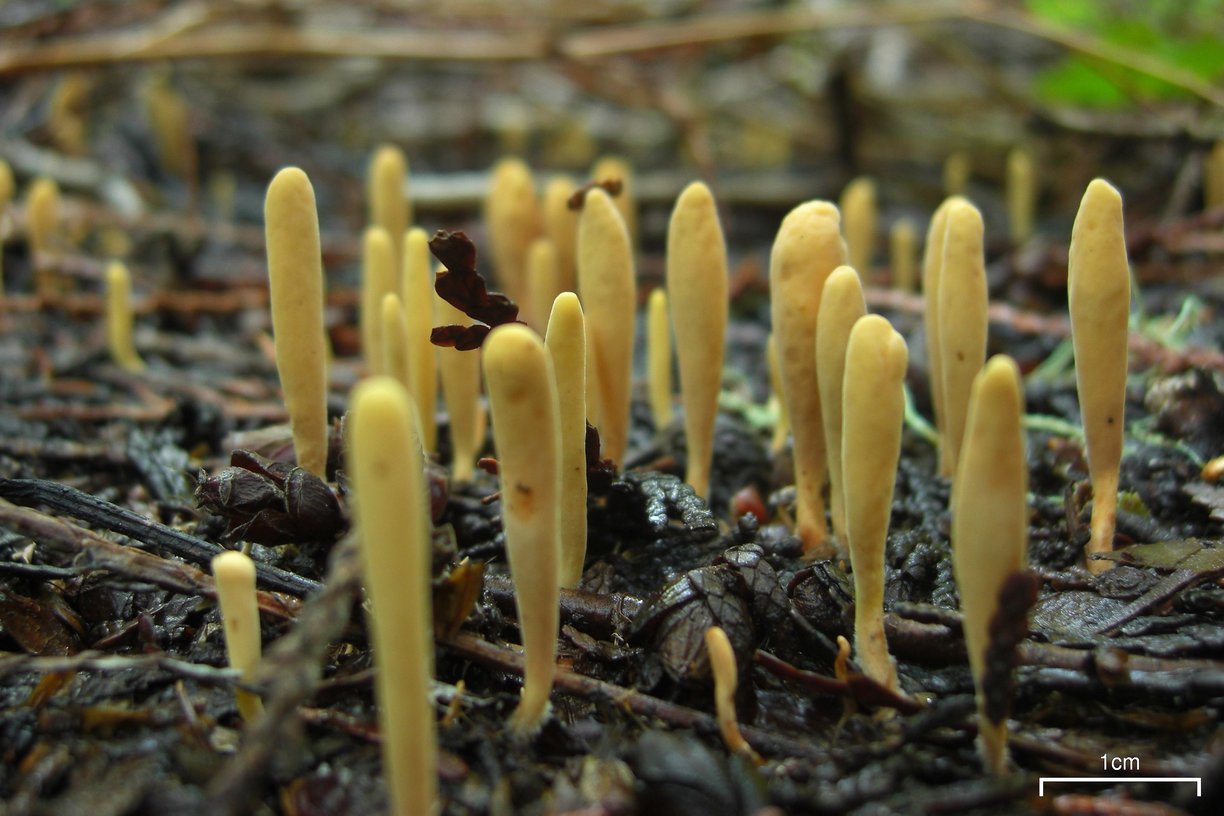



File Club Fungi Jpg Wikimedia Commons



Club And Coral Fungi




Basidiomycota Phylum Of Fungi Britannica




Learn About Club Fungi Chegg Com




Hillis2e Ch22



Club Fungi King Of Kingdoms




Fantastic Fungi Makes Much Ado About Mushrooms Sierra Club



Pink Club Fungi Jpg Photo Scotty Battistoni So Photography Photos At Pbase Com



Club Fungi



Club Fungi




Basidiomycota The Club Fungi Biology For Majors Ii
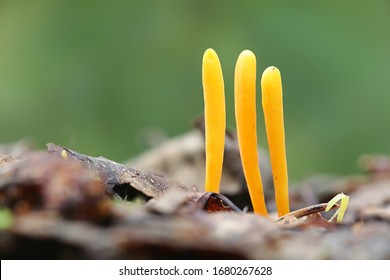



Club Fungi Images Stock Photos Vectors Shutterstock
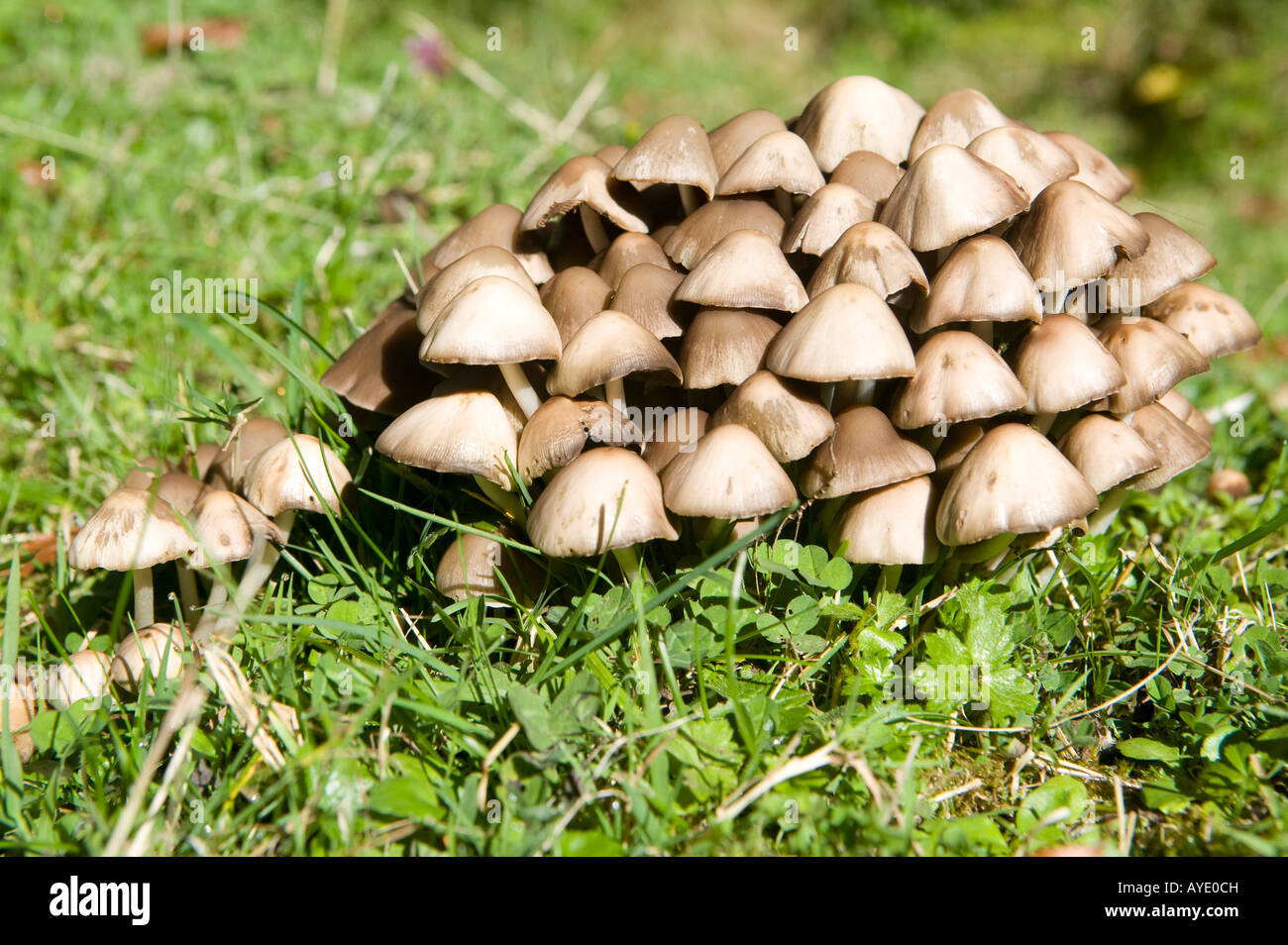



Plant Plants Fungus Fungi Basidiomycetes Club Fungus Club Fungi Gill Fungus Gill Fungi Mushrooms Mottlegill Mottl Stock Photo Alamy




Club Fungi Kingdom Fungi Phylum Basidiomycota Fungi Kingdom Fungi Stuffed Mushrooms



Club And Coral Fungi
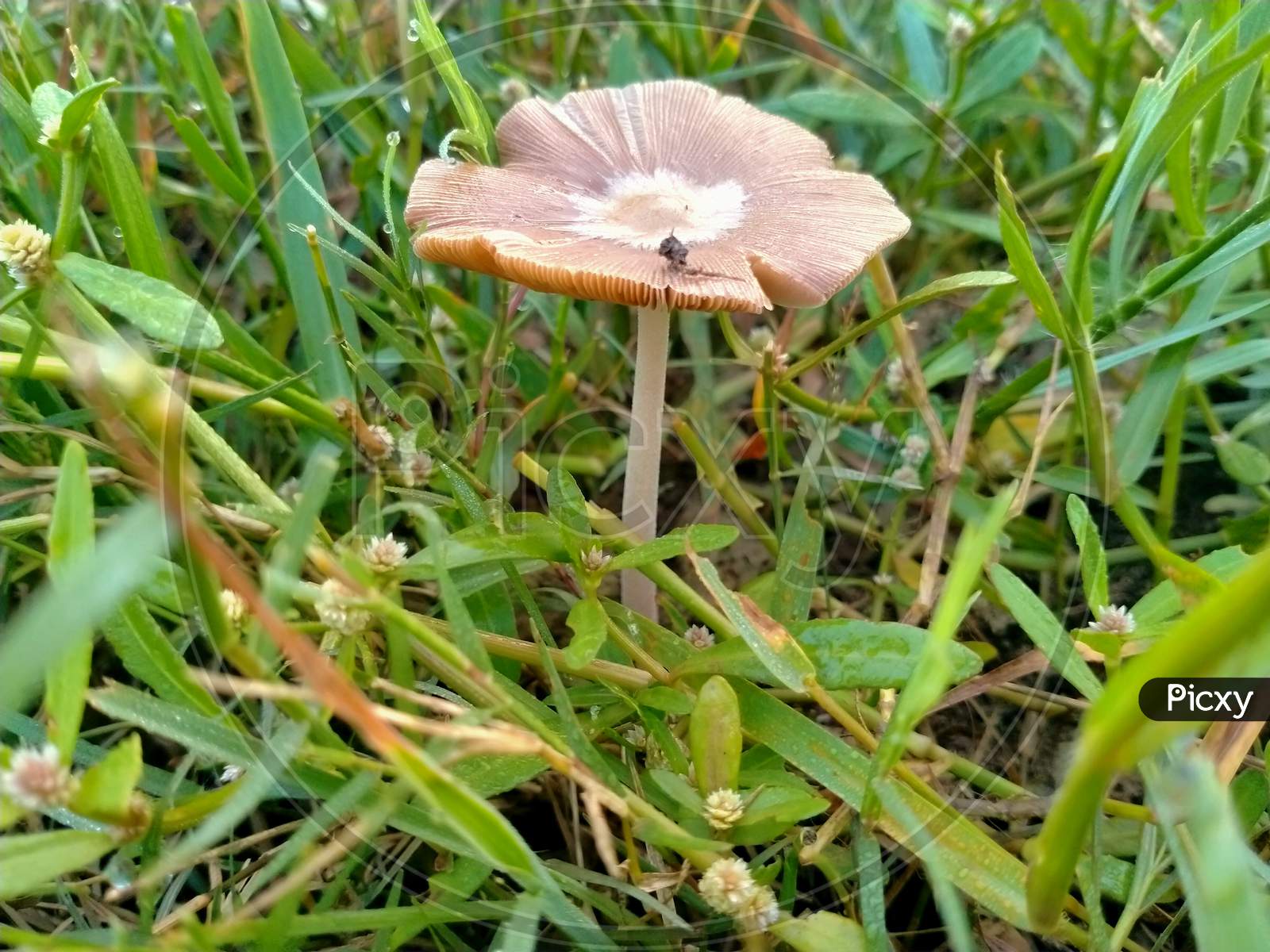



Image Of A Club Fungi Vs Picxy



Fungi



Ascomycota
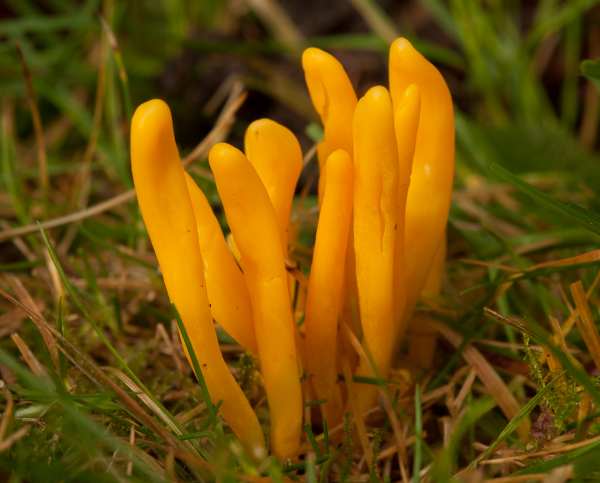



Clavulinopsis Luteoalba Apricot Club Fungus
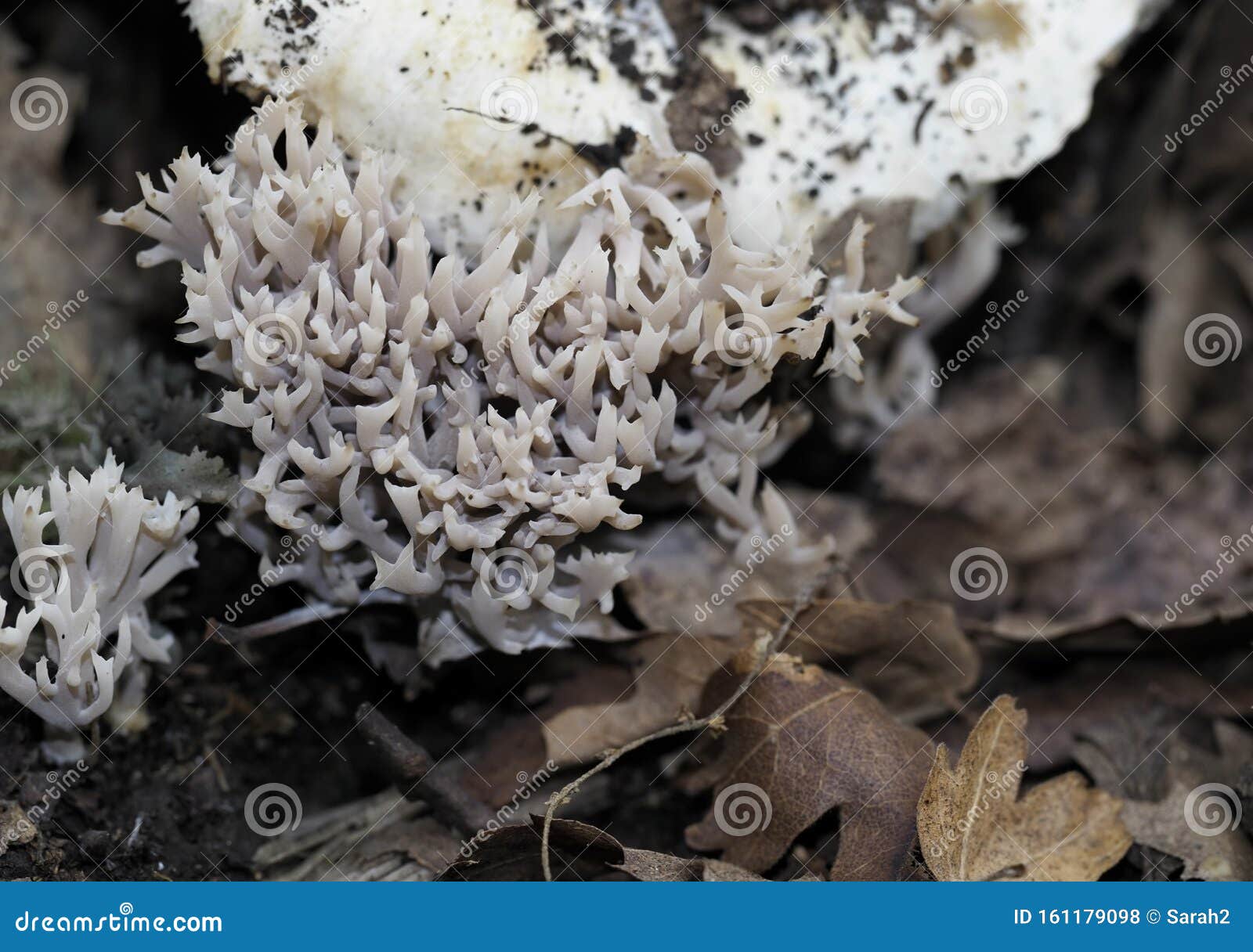



Club Fungi In Oakwood Aka Clavarioid Fungi Basidiomycota Stock Photo Image Of Basidiomycota Nature



Fungi Basidiomycota The Club Fungi Sparknotes




Ppt Club Fungi Powerpoint Presentation Free Download Id




Coral Or Club Fungi I Was Excited To Find This Fallen Log Flickr
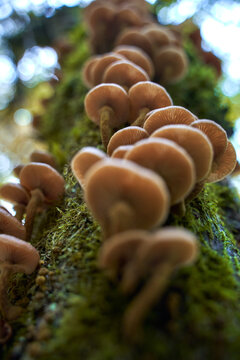



693 Best Club Fungi Images Stock Photos Vectors Adobe Stock
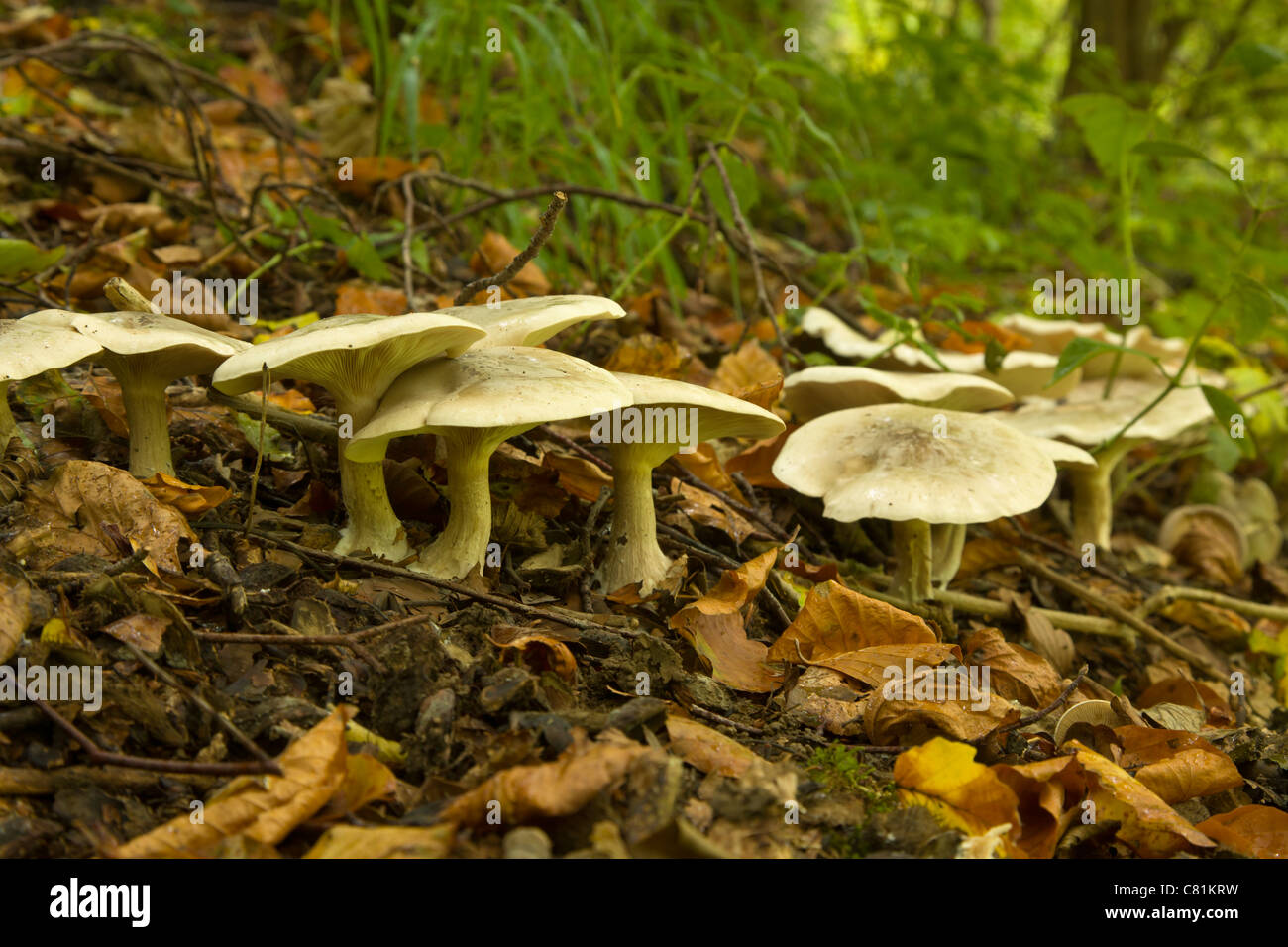



Club Fungi High Resolution Stock Photography And Images Alamy



Basidiomycota



Club Fungi King Of Kingdoms



Biology4kids Com Microorganisms Fungi




The Basidiomycetes Club Fungi Flowering Plants 78 Steps Health




Fairy Fingers Club Fungi Fungi Stuffed Mushrooms Finger



Bracket


